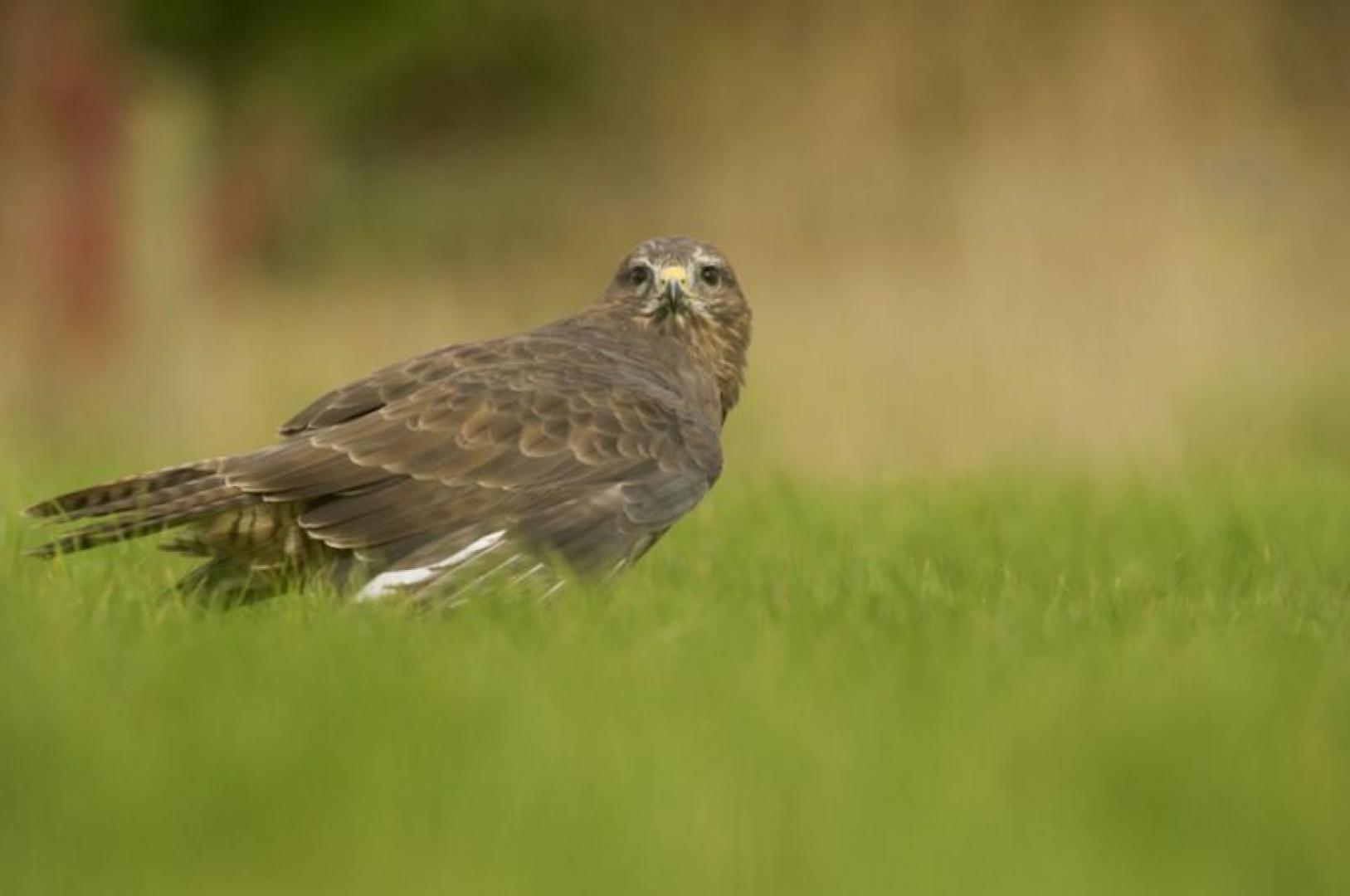DURING the past few decades, as well as some species declining throughout the UK, there have been signs of an increase in others, especially in the bird world.
If anybody had said to me that I would observe buzzards soaring in the north of England, I would have been referred for treatment.
Now it is claimed they are the most common bird of prey throughout Britain.
How has this come about? Education – certain members of our society have finally realised that they present no danger to other species.
During the 1950s and 60s, many birds of prey were almost on the brink of extinction through the use of chemicals.
When breeding this led to eggs with thin shells and infertility.
Since these chemicals were banned, the increase in peregrine falcons has been, to say the least, dramatic, breeding successfully on many man-made structures such as church spires in towns and cities.
Next on the list of recoveries is the osprey.
During the 1950s breeding was attempted in Scotland but eggs were always stolen. With this in mind, 24-hour patrols were set up to stop this practice and in time, the species slowly started to recover and in recent years colonies have been established.
A fine example is Kielder, in Northumberland, where six nests produced 19 eggs.
It is unbelievable that they breed so close to Teesdale.
Who knows – we have reservoirs and maybe building platforms for them to build nests on may just come about.
This practice has worked at Rutland – so why not here?
A small falcon – the hobby – is a little smaller than the kestrel. Its food consists of insects but it is also capable of catching swallows and martins on the wing – some sight to observe.
They have now begun to breed in small numbers in recent years, appearing further north recently.
Two birds of prey are now being established after being introduced – the white-tailed eagle breeds from Scandinavia. Some were brought to Scotland some years ago and in time a population was established in the north west.
Sadly, they are persecuted with birds occasionally found poisoned. This is so sad, but despite this they seem to be holding their own.
The red kite bred in small numbers in central Wales and it was decided to introduce them to other parts of the UK by setting up feeding stations after releasing them in the Chilterns.
The closest red kites to us are at Derwentside – not too far away.
It was hoped they would disburse from the feeding stations but other birdwatchers and I very rarely note them.
Compare them with humans – would you go and look for food it was laid on a plate each day?
I wouldn’t, so would a red kite?
During the latter years of the 19th century, the marsh harrier almost became extinct due to loss of habitat and persecution.
From then on breeding did take place now and again, but since the early 1980s a gradual increase has taken place with up to 100 pairs now breeding in Norfolk and small populations in the north of England and Scotland.
It seems to me that if a suitable habitat comes into view, breeding is possible.
Some five years ago I observed a female on a small marsh locally that was present for more than a month, obviously finding sufficient food. The area looked like a possible nesting site. I may be dreaming, but if a male had turned up they would have bred.
Females and juveniles are being recorded on a regular basis. Are they from breeding sites not too far away? Who knows
Overall, compared to 30 years ago, the situation when it comes to birds of prey in Britain is, in my opinion, is one of the success stories.
Even the hen harrier is show a very small increase in numbers. They are breeding on northern moors thanks to strenuous efforts to protect them.
Hopefully in the future they will breed on any habitat without being persecuted.
The picture overall is much brighter than in the past and long may it continue.
More wildlife optimism next time.
Dave Moore is a wldlife enthusiast from Hutton Magna
ADVERTISEMENT
Nature Notes – Bright future for our birds of prey
ADVERTISEMENT
ADVERTISEMENT
ADVERTISEMENT






